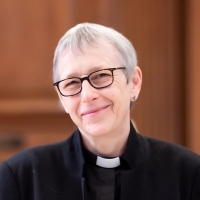Westminster Abbey is famous for its memorials to the great and the good from across the centuries: kings and bishops; political leaders; celebrities; poets; the wealthy, the wise – and even the occasional villain – they are all commemorated there.
So it is a curious fact that the most famous monument of all in the Abbey (which also happens to be the only memorial set into the Abbey floor that nobody ever walks upon), is dedicated to a man whose name and identity remain a complete mystery. I am speaking, of course, of the tomb of the unknown warrior.
I don’t know whether you are familiar with the story behind that particular monument – but if not, it is well worth hearing.
In October 1920, at a time when the battlefields of the First World War were still full of the bodies of hundreds of thousands of men, roughly covered with earth, an Army Chaplain who had served there, the Revd David Railton, wrote to the then Dean of Westminster Abbey. He suggested that the body of an unidentified soldier might be brought back from the Front and buried in the Abbey – to represent the countless thousands of British and Commonwealth servicemen who had died fighting in the Great War. The Dean put the idea to the King, George V, who at first was very cautious about the idea: with the war so recently over, he was concerned that a high profile public funeral of a war victim in the Abbey would only re-awaken the terrible feelings of shock and grief that had engulfed the nation during the war years.
However, the Prime Minister, David Lloyd George, was strongly supportive of the idea, and eventually the King consented. The military authorities were asked to go to the battlefields and exhume six bodies from graves bearing crosses marked simply ‘unknown’. Each of the six bodies was put into a plain coffin and taken to a hut just outside Ypres. A young British officer called Henry Williams was blindfolded and led into the hut. The first coffin that he touched was selected, and taken to Boulogne. There it was placed into a larger coffin made from a Hampton Court Oak, and sealed with two great straps, under which was placed a ceremonial sword that had been presented by the King for that purpose.
The casket was brought to this country and transported to London. Large crowds gathered and lined the streets as the funeral cortege travelled from Victoria to Westminster. At the funeral service itself, which was held in the Abbey on Armistice Day, 11th November, 1920, the King was the chief mourner, and one hundred VCs lined the nave. And people turned up in their thousands to pay tribute. The Times described the service as ‘The most beautiful, the most touching, and the most impressive […] that this island has seen.’ The grave was filled in with one hundred sandbags of soil brought from all the countries where the Allied troops had fought. And a year later, a black marble gravestone from Belgium was laid over it.
Within a week of the funeral ceremony in the Abbey it was estimated that no less than a million people had visited the grave of the unknown warrior, and a hundred thousand wreaths had been laid at the cenotaph. The event stimulated a massive outpouring of public grief – because, for the first time, it gave permission for people to express publicly the devastating loss that so many of them had experienced privately. And all this was made possible because of the inspired idea of an Army Chaplain, and because of a nameless, classless, ageless man, who has become more famous than all the great and the good who lie around him in his final resting place.
My good friend and mentor Michael Mayne, reflecting on his own time as Dean of Westminster Abbey, wrote the following words on the true significance of that famous tomb:
Over the years I came to understand that this was much more than just another war memorial. For it is saying that every single casualty in war was someone’s son or father, husband or lover, and that each death, each war office telegram, each official letter of sympathy was heart-breaking. In honouring this anonymous man and placing him in the most public part of the Abbey on Remembrance Day 1020, they were making the strongest possible statement about human value; about the worth of every single human being. We in our turn were affirming that truth. We were saying that we have no right to call anyone ‘ordinary’, for each one of us is extraordinary, an ensouled body made in the divine likeness; and the real blindness, that culpable blindness of the spirit that can only be compared to living in the dark, is the failure to see the true value, the wonder and the mystery of every person you meet.
There is nothing glamorous about war. It is just a terrible, terrible fact of human existence. It always has been and it always will be. As we gather here this morning, one hundred and one years after the burial of the unknown soldier in Westminster Abbey, it is worth remembering how many others have lost their lives in war during that intervening century, from other nations, as well as our own of course. We must never forget the horror and the barbarity of war; and we must never forget the courage and self-sacrifice of those who gave their lives in the service of others. Those of us who are, as a result, privileged to live in peace and freedom must never take those privileges for granted. But above all, we must never forget those words of Michael Mayne about the worth of every single human being.
As was poignantly illustrated by the public outpouring of grief triggered by the funeral of the unknown soldier, the consequences of war do not end at the moment of ceasefire. Far from it. Many, many lives were devastated as a result of that war, and of all the armed conflicts that have ensued. As we honour the memory of those who died in the service of their country today – we must never forget the pain and torment that continued amongst those whom they left behind.
At the end of the First World War, a woman called May Wedderburn Cannon was working in Paris for MI5, where she received the terms of the Armistice dictated to her over the phone. She later wrote the following poem, with which I shall leave you.
Just to set the scene for you: the poem is set in a Paris office, full of women – when the telephone rings, bringing the wonderful news that the war was finally at an end. Not only are the women overcome with joy and relief – but they are allowed to leave work early, in order to celebrate. Except that two of them must remain behind to look after the office. As you will hear, it is interesting to discover who those two women are who agree to stay on, why they do so, and what the news of the end of war means for them, personally.
The poem is called simply ‘The Armistice’.
The news came through over the telephone:
All the terms had been signed: the War was won:
And all the fighting and the agony,
And all the labour of the years were done.
One girl clicked sudden at her typewriter
And whispered, [‘my] Jerry’s safe, and sat and stared:
One said, ‘It’s over, over, it’s the end:
The war is over: ended. And a third,
‘I can’t remember life without the war’.
And one came in and said, ‘Look here, they say
We can all go at five to celebrate,
As long as two stay on, just for today.’
It was quite quiet in the big empty room
Among the typewriters and little piles
Of index cards: one said, ‘We’d better just
Finish the day’s reports and do the files.’
And said, ‘It’s awf’lly like Recessional,
Now when the tumult has all died away.’
The other said, ‘Thank God we saw it through;
I wonder what they’ll do at home today.’
And said, ‘You know, it will be quiet tonight
Up at the Front: first time in all these years
And no one will be killed there anymore.’
And stopped, to hide her tears.
She said, ‘I’ve told you; he was killed in June.’
The other said, ‘My dear, I know; I know …
It’s over for me too … My man was killed,
Wounded … and died … at Ypres … three years ago…
And he’s my Man, and I want him,’ she said.
And knew that peace could not give back her dead.
Amen.



